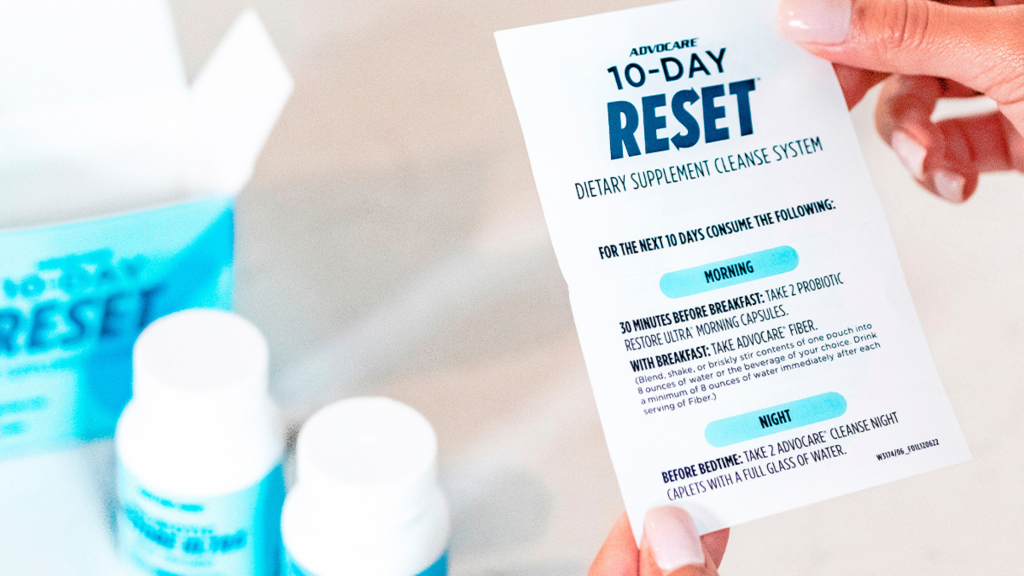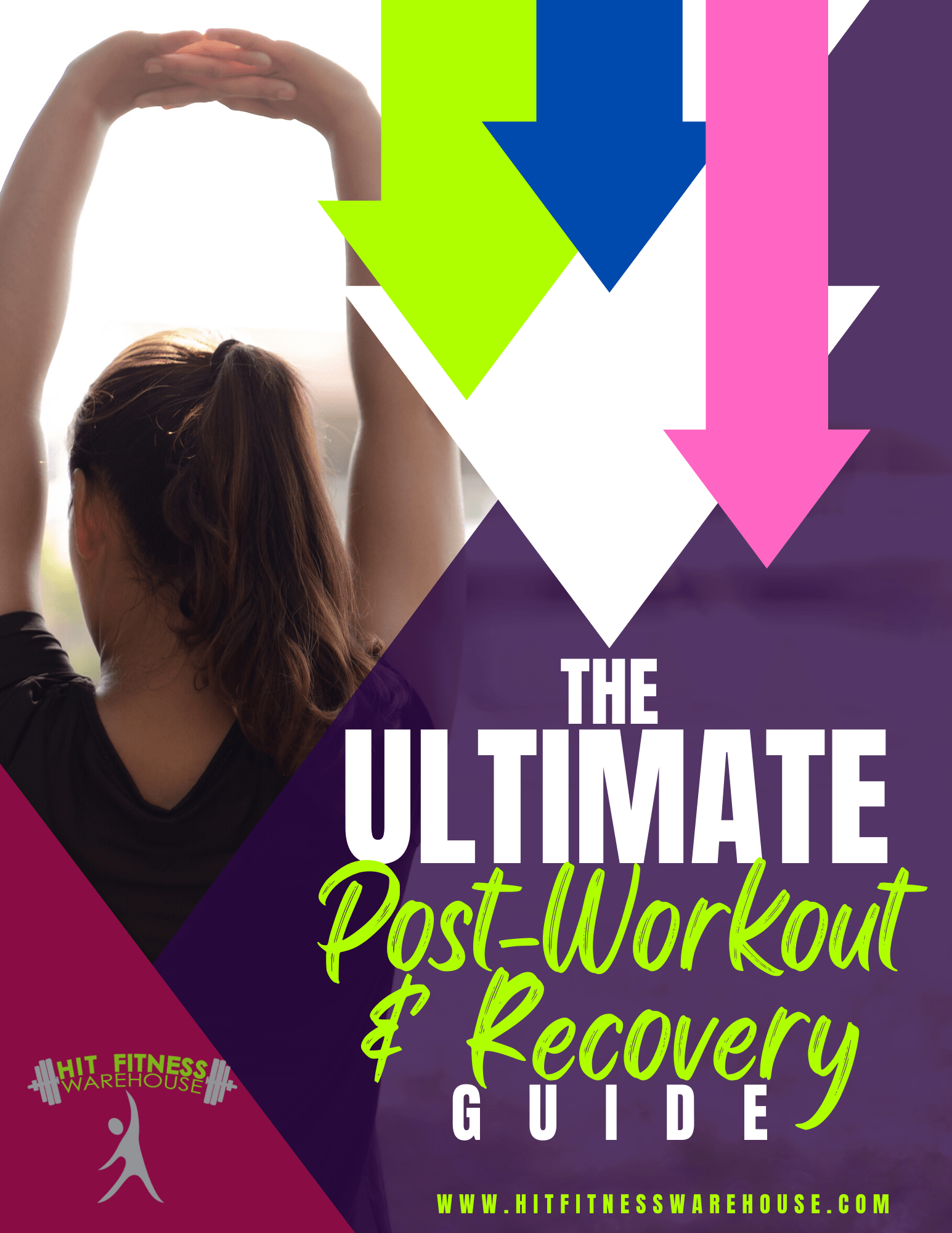CARDIO OR STRENGTH TRAINING FOR WEIGHT LOSS?
There is so much confusion out there about how much cardio you should do to lose weight. Some say you need to be doing it every single day. Some say twice a day, and some even say you don’t have to do it at all. So then, who’s right? Let’s break it down and see if we can clarify the question.
Is Cardio Necessary
to Lose Weight?
Short answer – it is 100% unnecessary.
Am I recommending that you do zero cardio to lose weight? Absolutely not. However, from a strictly physiological standpoint, cardiovascular training is not required at all to lose weight.
Don’t think so? Try not eating anything for a couple of weeks while you are completely sedentary. Obviously, in time, you will wilt to nothing. Also, please don’t do that.
As health and fitness individuals we aren’t just trying to lose weight. We are trying to spare muscle tissue (or build some) while we drop our body fat. Improved body composition is the goal.
Cardio is a Weight Loss Tool
In order to lose weight, you need to do one very important thing – you need to eat fewer calories than you burn. You could be lifting weights 3 times a week, doing HIIT cardio on your non weight training days, eating whole foods, managing your stress levels, and optimizing your sleep, but weight loss will never happen if you aren’t creating a calorie deficit.
Cardio is a tool for creating a calorie deficit. That is a very important piece of information. It is just one way to create a calorie deficit. There are also many other ways to create that deficit – reduced food intake, strength training, sports, and walking are just a few examples.
How you choose to create that calorie deficit is personal preference. Some people prefer to eat more and exercise more, while others prefer to eat just a little bit less and cut back on the cardio a lot. In the end, the differences are negligible.
Determining Your Cardio Requirements
I recommend that you do the least amount of cardio that is necessary to reach your enjoyment, performance, and body composition goals.
If you have a specific goal to improve your cardiovascular fitness, or to have a faster 5k time, your training is going to need to reflect that. If you just truly enjoy running, biking, swimming, or rowing – you should be doing those things.
But if you’re just trying to maintain your cardiovascular fitness while dropping body fat, you won’t need as much. Whatever your goals, be efficient with it. The reasons are several-fold:
- In a hypo-caloric environment it is much easier to over-train and end up in a recovery deficit.
- The few calories and nutrients you’re ingesting need to be prioritized for muscle tissue growth and repair. Devoting unneeded energy to cardio works against that goal.
- It is much easier to eat 1 tbsp less of fat each day than it is to run a mile every day. Each one will create about a 100 calorie deficit, but the latter will cause much more stress on the body, especially in a hypo-caloric environment.
I tend to start my clients off with 2-4 days of strength training and then we focus on getting active each day. We save the dedicated cardio sessions for the future when (or if) we need them.
But Wait, Cardio is Good For the Heart!
Well yes, it absolutely is. However, so is any kind of physical activity. That means activities like strength training, when done with intensity, will not only build muscle and burn calories, but will also improve your cardiovascular fitness.
Will strength training provide the same cardiovascular effects as running a 10k will? Probably not, but again, what is your goal?
The strength training will definitely improve your cardiovascular fitness and make you healthy, and if done at least a few days per week, is enough exercise to lose weight and maintain/improve your lean body mass.
The important thing to realize is that cardio doesn’t have to just mean the standard 1 hour of steady-state exercise at a particular heart rate. Your cardiovascular system doesn’t know if you’re running, biking, climbing, or weight lifting. All it knows is the stress that’s placed upon it, and that stress can be applied with just about any kind of activity.
Prioritize Strength Training
The biggest mistake people make is prioritizing cardio when trying to lose weight. It’s almost a forgone conclusion these days that if you want to lose weight you have to make friends with the treadmill, elliptical, stairmaster, or bike.
However, these machines do very little to build muscle. So what happens is when you create a calorie deficit and start losing weight, you get a higher proportion of muscle loss to fat loss as compared to strength training.
Remember, we don’t just want to lose weight. We want to lose fat. Twenty pounds of weight loss means very little if half of that was muscle.
Strength training, on the other hand, will build muscle and burn calories at all hours of the day as it tries to maintain itself. It too is cardiovascular in nature and will do a lot more for your physique than the treadmill ever will.
There’s no need to kill yourself with cardio every day. That is not a sustainable lifestyle for most people. Instead, choose an activity level you enjoy and can live with for a lifetime. Then, adjust your food intake to reach your goals. If you want to lose weight, eat less, and if you want to gain weight, eat more. In the end, it really is that simple.












